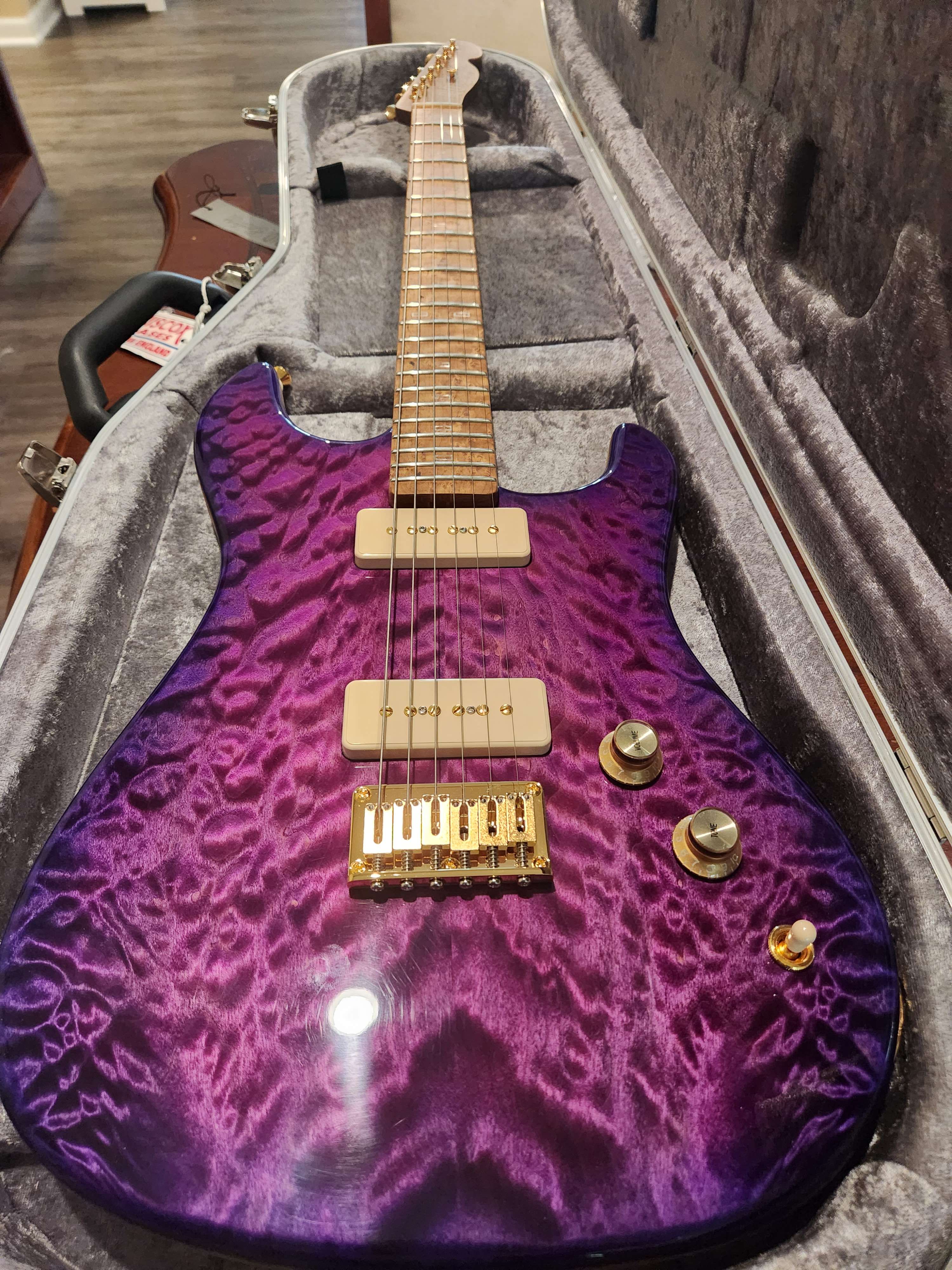I’m getting into 3D printing, and due to the nature of my living constraints, I find myself with a large 12 ft x 20 ft non-climate controlled but clean shed from which to print. I bought one of these small microenvironment enclosures for my ender 3 pro, but temperatures here in the winter can reach the teens, and summers over 100 Fahrenheit. I guess my question is how much temperature can those micro enclosures account for when it’s extremely cold on the outside?
Depends on both the inside and outside temps, the amount of energy heating the inside, and the area exposed to the lower temp.
Assuming a square box of plexiglass (0.17 W/mK thermal conductivity) with sides 25cm, to maintain a temperature of 25K (read:celsius) over ambient (so, if it’s 0°C outside, it’s 25°C inside. If it’s 25°C outside, it’s 50°C inside), the inside of the chamber must be heated with a power of:
0.17 * (0.25^2 *6 (surface area of our cube, in meters squared)) * 25 (the temp delta we want, in kelvin) / 0.0016(thickness of the plexiglass, in meters. Here I took the common 1.6 mm ~= 1/16")
Dimensional analysis: W/mK * m^2 * K /m = W
The result is 996W which mean that for the inside of the chamber to be 25K (again, read that as celsius) over the ambient temperature, so 23°C when it’s -2°C etc, the total power your printer must use has to be about a kilowatt. Much of that power is already being dumped by your hotend and your heated bed, as well as your motors if they’re inside the enclosure. I suggest hooking your printer to a kill-a-watt or similar to be able to see how much it’s already using, and deduce how much you would need.
Once you know, you can tell the temperature delta (again, in Celsius) using the following formula adapted from the one above:
∆t= (power you measured) * (thickness of the plexiglass in meters) / ( (side length in meters of your enclosure)^2 *6 * 0.17)
(Be careful about the parenthesises)
The result is the number of degrees Celsius above the ambient temperature your enclosure will be at all times (actually not, since some components inside will dump less power if the inside gets hot, for example the heated bed, but it’s a useful approximation). If you get a result of 30, and it’s 15°C outside the enclosure, it will be 45°C inside.
That’s a lot of calculations but that’s roughly what my thermometer says in my enclosure yeah.
To add to the great answers of the others:
The enclosure will only help you to keep heat in, not to keep the contents of the enclosure cool.
If it gets really hot and you print parts that need a lot of cooling, consider opening or removing the enclosure (if possible).
I always print PETG and ASA with the enclosure doors closed, but I print PLA with the doors open unless the ambient temperature in my basement is very low.
PETG can be printed without an enclosure but it behaves a lot better when using one. Great material but it loves to curl.
I guess my question is how much temperature can those micro enclosures account for when it’s extremely cold on the outside?
You can add a heater to them. Aside from any airflow internal to the enclosure, if you’re willing to put sufficient energy into climate controlling the enclosure, I expect that you could get it as close as you want to some idealized fixed temperature.
I print mainly in abs and petg, my enclosed mk3s+ is more sensitive than my voron in the cold as it has a lower wattage heated bed and the panels are thinish plexi vs the aluminum composite on the voron (still would be better if I insulated). I’m in southern Ontario so it’s not crazy cold but it’s usually sub -10c for a good chunk of the winter, a small space heater is enough to bring my garage to 10-15c if I’m going to be working out there, but it’s often enough to just use the space heater to boost the enclosure to that temp, both of them can keep the enclosures above 30-40c in the winter, I’ve never had issue with warping due to enclosure temps, usually adhesion due to residual oils on the build plate.
With a proper environment control, probably have even less issues, temp stability in my experience matters the most, longer soaks are my normal practice in the winter just to ensure I hit a good equilibrium and try to get around and thermal expansion issues.
What’s a soak in this context?
Heat soak, abs especially I like to give at least 45 minutes to an hour
So you heat your ABS filament spool before printing to reduce warping later on?
I set the heated bed to what I’ll print at and leave it on for that time, it gets the chamber temp up and stable, there’s some thermal expansion to worry about but I’ve seen mention that it can take longer than an hour to stabilise Ellis has a section on thermal drift
I’ve been doing resin printing in my shed since the spring and so far (fingers crossed) it’s gone just fine. I prefer doing it out there because I don’t want the fumes in the house.
I very recently did a print when it got down in the low 30s and it came out fine. The one nuisance was cleanup, as cold resin flows very slowly through a paper filter. I am not sure I’d want to try it in the low teens, but it may work.
A couple of tips that might help you. I purchased a “brewer’s belt” on Amazon. It’s basically a rubber belt that you plug in and it provides some heat. It doesn’t get super hot or anything, but warm enough to really help. I wrapped my UV shell in a mylar emergency blanket (which may not be necessary, but it helps protect the plastic shell). I then loop the brewer’s belt over this. I then put the box that the printer came in down over the whole thing when it’s printing. This combination has done a good job of trapping some heat inside the print area, and I have very few print failures. I run it this way in summer and winter.
I do think by storing everything in the shed I am probably accelerating the wear and tear on my equipment. As you probably know, the screens will fail eventually (they burn out) and I’m guessing being in the heat and cold is not good for electronics in general. However, it’s worth it to me to keep the fumes outside. After a print is done, I open the shed to air it out and barely smell anything at all.
Another tip, you may want to tape some butcher paper or similar over the shed windows, if it has any.
Edit: here is the heat belt I use.
New Lemmy Post: Generally speaking, how much temperature can an ambient enclosure account for? (https://lemmy.world/post/9389932)
Tagging: #3dprinting(Replying in the OP of this thread (NOT THIS BOT!) will appear as a comment in the lemmy discussion.)
I am a FOSS bot. Check my README: https://github.com/db0/lemmy-tagginator/blob/main/README.md






